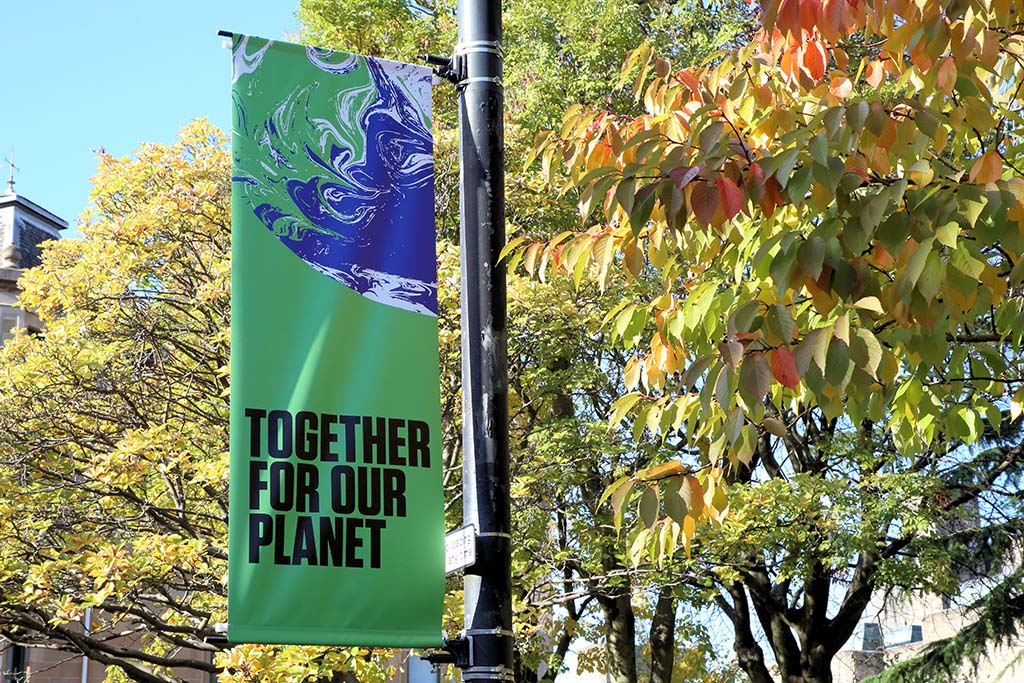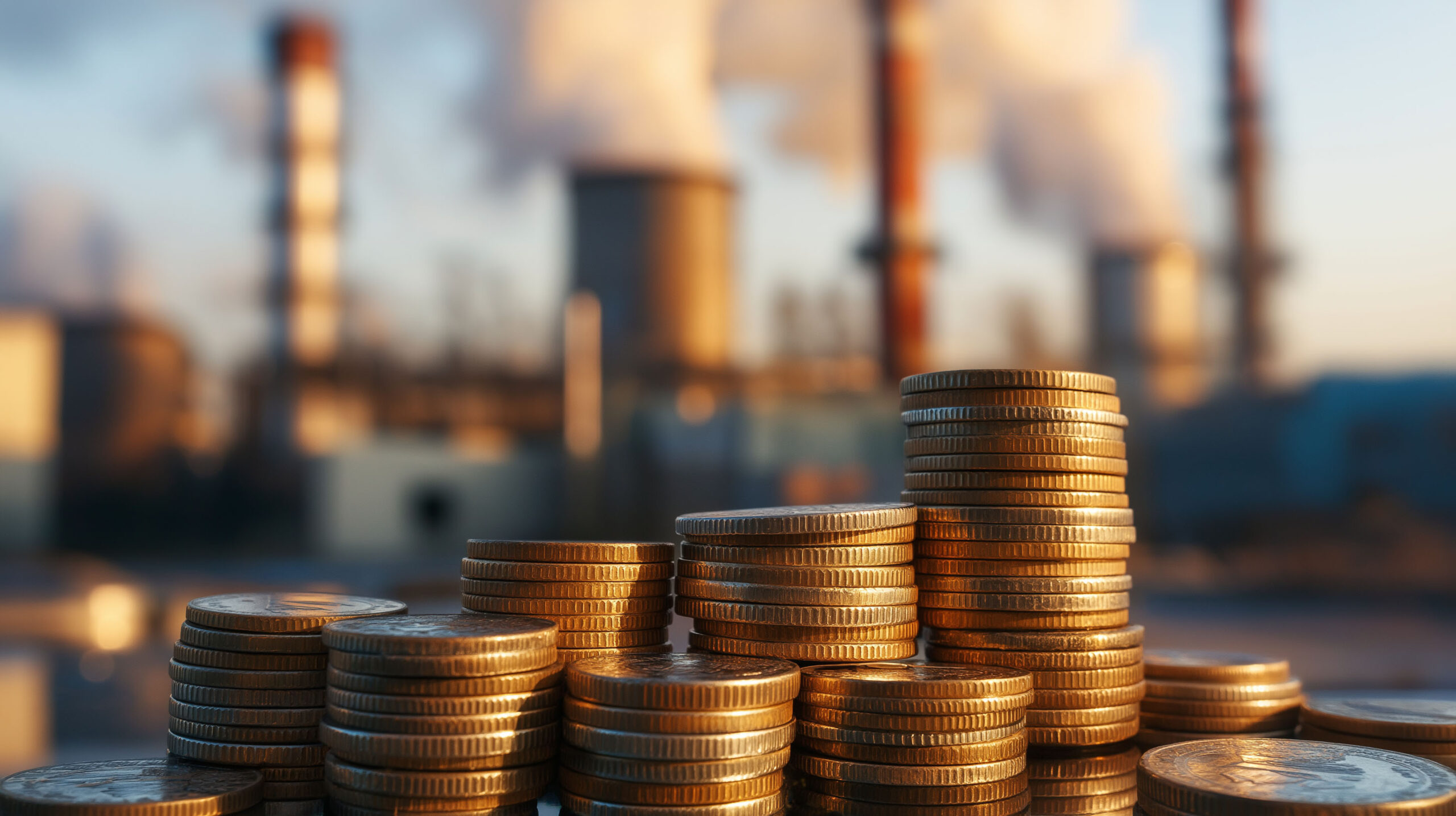
Developing Asian countries, such as Indonesia, Kazakhstan, Thailand, and Viet Nam, have announced their net-zero carbon emission targets by mid-century at the United Nations Climate Change Conference (COP26) in Glasgow, Scotland, and financing climate change mitigation has been at the forefront of discussions for making ambitious climate action a reality.
While the number of responsible investors targeting green investments is growing, international financial institutions have also been urged to play their part and work toward unleashing the trillions in private and public sector finance required to secure global net zero. The Asian Development Bank (ADB), for instance, increased its climate finance target from $80 billion to $100 billion by 2030 and revised its Energy Policy ahead of COP26.
COP26 has recognized the importance of both public and private funds. Public funds can be used to attract private funds, and this is important as private investments will play a crucial role in meeting net-zero carbon targets. Since technologies like carbon capture and storage, hydrogen, energy storage batteries, and marine energy are still not mature, they rely on public funds for their research, development, and demonstration. Demonstrations of their efficiency and performance in different climatic conditions, backed by data, is needed to reduce the risks for investors and attract private funding.
More mature technologies, like solar panels and wind turbines, are better at drawing private investment and rely less on public funds. However, solar panels and wind turbines are not sufficient for meeting net-zero carbon targets due to the intermittent nature of solar and wind energy caused by clouds and variable wind speed. As a result, energy storage or transmission lines are needed to balance electricity demand and supply. Investments in research, development, and demonstration for energy storage will be instrumental in improving electrical system efficiency and safety and reducing costs (Azhgaliyeva 2019).
2020 was a remarkable year for investments in low-carbon energy transition, which reached a record high of $531 billion despite the onset of the coronavirus disease (COVID-19) crisis (Figure 1). Low-carbon energy transition technologies comprise renewable energy, electrified transport, electrified heat, energy storage, hydrogen, and carbon capture and storage. Although investments in renewable energy did not decline globally, they did decline in Asia and the Pacific, where annual investments between 2018–2020 were below the 2017 level by 11%–23%, partially due to a sharp decline in the cost of solar panels and wind turbines. Although the share of investments in renewable energy across all these technologies declined in the recent period due to improvements in maturity and policy support for electrified transport, investment in renewable energy remains dominant across low-carbon energy transition technologies (63% in 2020).
Green bonds also started to grow quickly in 2021, after a decline in 2020 due to COVID-19 (Figure 2). They surpassed $300 billion in annual issuances for the first time just for the period January–August 2021.
Figure 1: Investment in Low-Carbon Energy Transition Technologies ($ billion)

Source: BloombergNEF (2021).
Figure 2: Global Issuances of Green Bonds

Source: Bloomberg terminal (2021).
After COP26, developing Asian countries face challenges in meeting their nationally determined contributions (NDCs) for reducing carbon emissions, compounded by pressure to adopt more pronounced climate commitments. Energy demand will continue to accelerate due to increased economic growth, population growth, and energy access, with developing Asia and the Pacific expected to account for two-thirds of global energy demand growth by 2040, according to the International Energy Agency (2019). The region is also vulnerable to worsening climate change risks, including rising sea levels, floods, droughts, heat waves, and storms. This means developing countries must cope with energy demand and climate disasters while working on meeting their NDCs, analogous with the character of Alice in Lewis Carroll’s Through the Looking Glass, who had to run just to stay in the same place and run even faster to go anywhere.
On the bright side, developing Asia will have additional benefits from climate change mitigation apart from reducing the global temperature rise. Measures to meet climate commitments, particularly the increased uptake in renewable energy, energy storage, green buildings and energy efficiency, will improve energy security. Energy security in developing Asia is under strain from fast-growing energy demand, while fossil fuel resources are depleting or fossil-fuel generating facilities are demobilized.
Meeting NDCs can help to reduce high pollution in large cities in the region, and access to cleaner energy sources, such as electricity and gas, can contribute to eliminating indoor pollution due to fossil fuels used for cooking and heating by households. Solving these problems will improve quality of life and increase life expectancy while reducing healthcare expenses.
There is no single solution for meeting impactful climate goals in developing Asia. Appropriate policy measures will need to account for variations in geography, climate, and electricity market characteristics. They will also require long-term planning, learning from other countries, and learning-by-doing to prepare the electricity market for a highly renewable world.
Following COP26, countries will develop their plans and intermediate targets for reaching their NDCs and detail how they intend to finance those plans. On the heels of the conference, the 2021 ADBI Annual Conference on 1–3 December will support this work by spotlighting new research on climate imperatives across key sectors and he outlook for carbon pricing and regional cooperation, with the aim of exploring the next steps for climate change mitigation and green finance policy in Asia and the Pacific. With breakthroughs in these areas, the region could help lead the way toward achieving measurable progress in the fight against climate change.
Click here for more information about the 2021 ADBI Annual Conference and to register to join.
References
Azhgaliyeva, D. 2019. Energy Storage and Renewable Energy Deployment: Empirical Evidence from OECD Countries. Energy Procedia 158: 3647–3651.
COP26. https://ukcop26.org/cop26-goals/finance/




